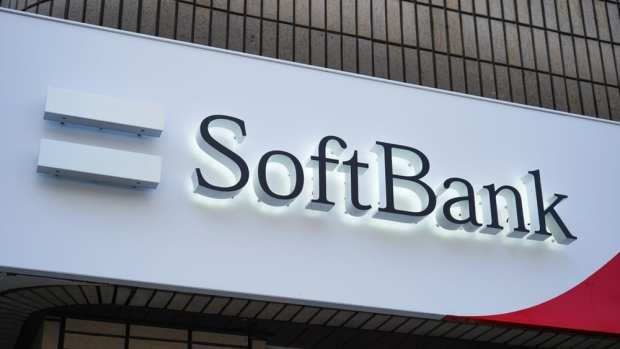What’s Behind SoftBank’s Tech Investment Moves?

It’s usually folly to predict what will interest historians in the future. But there’s a good case that when it comes to chronicles of the early 21st digital economy — and these years right now, these vital and exciting bridge years between the 2000s and the 2020s — SoftBank will certainly get more than a few words of its own.
SoftBank broke big news on Friday (May 3): SoftBank Group is reportedly mulling an initial public offering (IPO) of its $100 billion Vision Fund. The possible IPO of the Vision Fund will take place after the vehicle is fully invested, and might result in a creation of a publicly-listed company similar to Berkshire Hathaway (and of course accessible to retail investors, now able to ostensibly act as venture capital investors) with a decidedly tech company focus.
SoftBank Activity
You don’t have to look too hard to see SoftBank’s hands in a variety of vital digital payments and commerce initiatives. You don’t even have to go back that far, in fact.
Earlier this week, for instance, news broke that SoftBank is set to make a $1 billion investment in Latin American delivery app Rappi. According to a report, the investment will probably be led by the newly formed Innovation Fund, which was launched by SoftBank Chief Operating Officer Marcelo Claure for technology investments in Latin America. SoftBank’s Vision Fund is also expected to participate, with a deal announced as soon as this week. If it closes, it would be SoftBank’s largest investment in Latin America.
Just before the news about Rappi came reports that SoftBank is taking part in funding GetYourGuide, the German startup that lets people find and book travel tours based on a catalog of more than 35,000 activities. That amount of new capital could reach as much as €500 million in venture funding.
Another young company, The We Company, formally known as WeWork, is apparently moving toward an IPO, and is also relying on SoftBank. In this case, SoftBank has provided private investment in the company — some $10 billion, in fact, including $2 billion this year.
Another big recent deal for SoftBank involved a $1 billion investment in Wirecard. The two companies also inked a partnership for digital payment solutions in which SoftBank will support Wirecard’s geographic expansion in Japan and South Korea. The two will also look for ways to collaborate in digital payments, data analytics, AI and other digital financial services. They are also expected to jointly explore new product and service offerings in digital lending.
And in March, SoftBank’s Vision Fund led the $4.5 billion funding round in Grab, the Southeast Asian ride-hailing startup. Grab said SoftBank’s Vision Fund accounted for a third of the investment. The ride-hailing startup said the most recent fundraising effort was the largest private investment round to hit Southeast Asia. Of the funding, $1.5 billion comes from the Vision Fund.
SoftBank and Uber
And let’s not forget about Uber, also driving toward its own highly anticipated IPO — and trying to create a digital payments and commerce ecosystem that goes well beyond its core ridesharing offering. In April, Uber announced that it landed a $1 billion investment from Toyota, DENSO and the SoftBank Vision Fund.
In a press release, the companies said they are investing $1 billion in Uber Technologies’ Advanced Technologies Group or Uber ATG. The investment in the newly formed unit aims to speed up the development and commercialization of automated ridesharing services.
Under the terms of the deal, Toyota and DENSO will invest $667 million and the SoftBank Vision Fund will invest $333 million. The investment gives Uber ATG a valuation of $7.25 billion on a post-money basis, Uber said in the press release.
Vision Fund Strategy
SoftBank, founded in 1981, started out publishing computer and technology magazines, among other endeavors. The company also eventually went into internet technology and offerings — SoftBank helped build Yahoo Japan, for instance — and went public in 1994, becoming a holding company in 1999. A $20 million investment in China-based Alibaba followed at the turn of the century — an investment that reportedly was worth some $60 billion when Alibaba went public in 2014.
SoftBank often invests in unprofitable ventures, of course. The strategy behind that, according to a report earlier this week in CNBC, is centered around “significant pain points” and companies and technology that can address them. That idea — of whether the “business makes sense” — reportedly guides investments, including from the Vision Fund, as much or as more than immediately concerns about profitability.
Count on more investment activity from SoftBank as it seeks to take its Vision Fund public.
